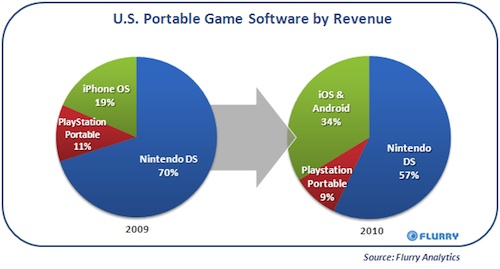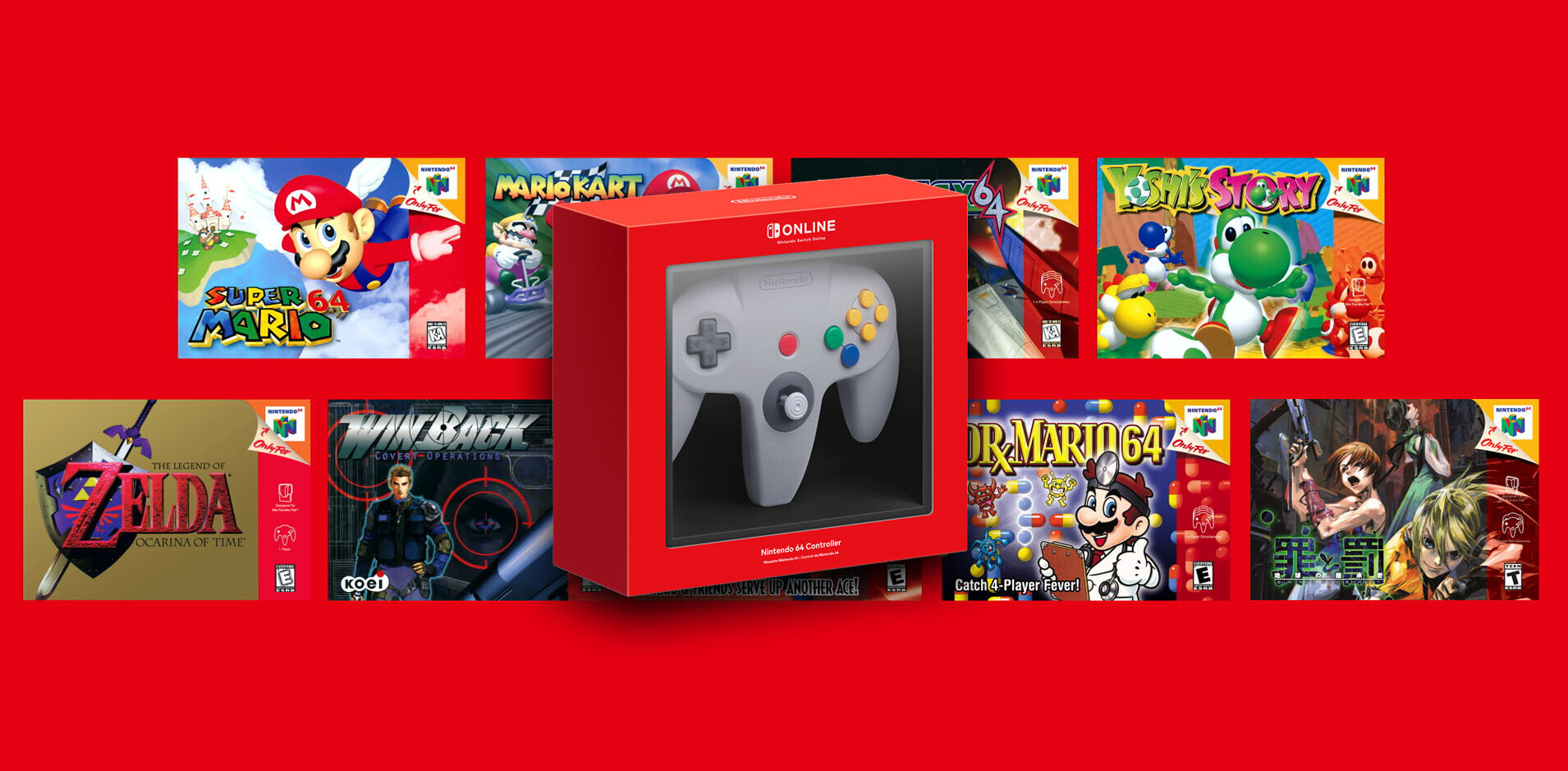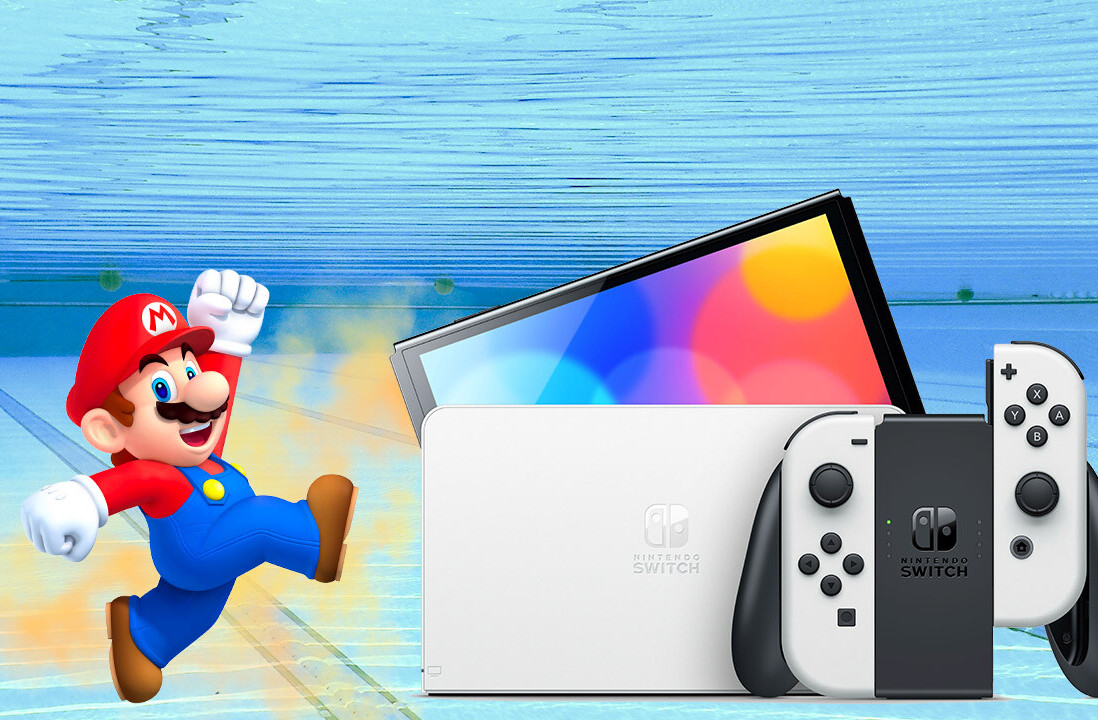
It’s official, smartphones are the new portable gaming consoles.
Only a few short years ago Sony and Nintendo were absolutely dominant in the portable gaming market with the PSP and Nintendo DS.
Back then cell phone gaming was limited to snake and terrible Java games played on tiny, low-res screens.
With the advent of Apple’s iPhone and the huge array of Android touch screen phones came a surge of game development in the smartphone space. First indie developers and then mainstream publishers realized the sales potential of the smartphone platform.
New figures from analytics firm Flurry show that the portable gaming market is being absolutely dominated by the iOS and Android platforms at the moment, with the bulk of the revenue loss being taken by the Nintendo DS and Sony PSP.

From 2009 to 2010, iOS and Android game sales have spiked significantly, resulting in nearly a doubling of their market share. With both Nintendo DS and Sony PlayStation Portable shrinking in sales, while smart-device game sales simultaneously grew by more than 60%, iOS and Android games now represent more than one third of the portable game category.
When you examine these numbers it’s also important to note that the large majority of games on the iOS platform are far less costly than the games sold on the DS or PSP. An expensive game on iOS may be $5 or $10 dollars where a comparable game on Sony or Nintendo’s platforms may run $40. This means that the sheer amount of games being sold on the iOS and Android platforms must be enormous compared to the sales of games on the other portable systems.
At this point it’s unlikely that a standalone portable system will keep the majority of the market much longer. Actually, if you flip the blue and green slices of the pie chart above you’ll probably end up with a pretty good picture of what 2011’s chart will look like.
Get the TNW newsletter
Get the most important tech news in your inbox each week.




